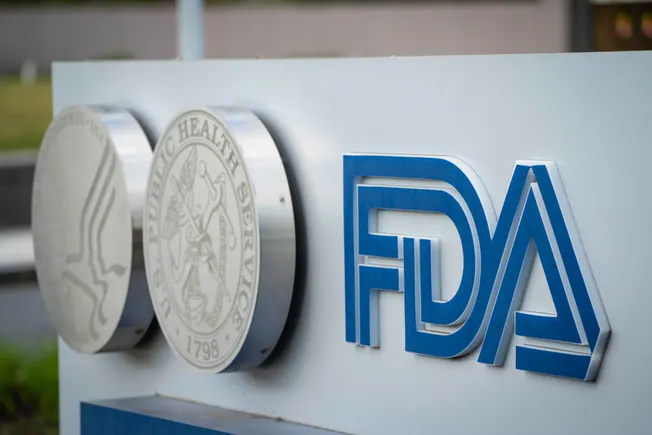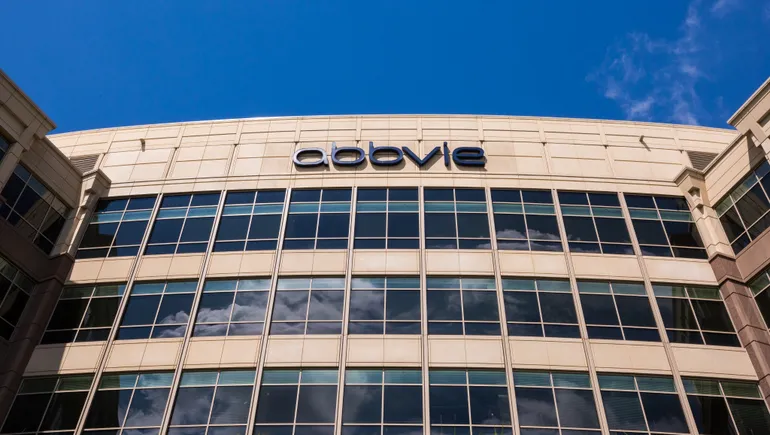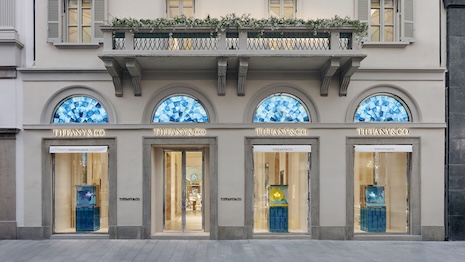No Appetite for Change: The Cost of Doing Nothing for Food Brands
By Dave Lundahl, CEO at InsightsNow Key takeaways Hesitation in uncertain times costs more than strategic action: While the food industry grew by 2.6% in 2024, many brands are delaying […]


By Dave Lundahl, CEO at InsightsNow
Key takeaways
- Hesitation in uncertain times costs more than strategic action: While the food industry grew by 2.6% in 2024, many brands are delaying critical technology investments despite projected 2-4% growth in 2025, creating competitive vulnerability.
- Consumer behavior insights are the essential “North Star” for navigating market volatility: Understanding the gaps between consumers’ stated preferences and actual behaviors provides direction amid regulatory uncertainty, tariff concerns, and shifting spending patterns.
- Technology adoption focused on behavioral impact drives stronger ROI: Brands who invest in innovation that addresses consumer aspirations rather than fears will build greater trust and position themselves for long-term success in an increasingly competitive market.
The U.S. food and beverage industry emerged from 2024 in a position of strength, continuing a growth in retail volume post-pandemic — growing by 2.6% in dollar sales. Most major players exceeded their financial targets and closed the year flush with capital, like P&G coming out at US$84 billion (+2.4%), and Coca-Cola at US$47.1 billion (+3%). That confidence, however, is being tested before its even had a chance to find its feet despite projections for 2025 growth coming at 2-4%. From progressively more volatile decisions surrounding regulations to tariff changes threatening exchange rates, the food and beverage sector in the US is joining consumers in choppier waters.
And yet, many brands are hesitating to act on the current environment. Particularly when it comes to investing in tech, AI, and consumer insight compared to beauty and non-food industries.
A good defense is not always the best offence
The future holds several new challenges for food brands to learn how to navigate:
- Regulatory uncertainty: Given the spike in consumer consciousness surrounding health and wellness, questions rise about the continued availability of certain products. Expected rise in broader health-related compliance may come in as a factor in the next few years, especially for additives like food colorants.
- Tariffs: Concerns are growing regarding tariffs on agricultural imports from key partners such as the USA, Canada, and Mexico. There are fears about the potential impact on consumers, as a trade war could lead to increased prices for everyday goods.
- Currency volatility: The strong US dollar making international transactions less favorable and the risk of a sudden drop could raise import prices significantly.
- Waning consumer spending: Early signs in January and February have indicated slower retail activity than usual, even when compared to usual post-holiday periods — reporting at a 0.9% drop (seasonally adjusted).
But there’s an unspoken caveat, many are delaying decisions on where to place their bets.
The challenge? Delays may prove costlier than action.
Finding the guiding star in turbulent times: consumer needs
Now more than ever, brands must strive to evoke trust from their customers. That trust is, however, progressively hard to earn when consumer confidence has dropped so low and we’re standing on shaky grounds. Having seen a softer-than-usual beginning to the year, with noticeable dips in sales in January (adjusted for seasons), companies are understandably hesitant to make decisions and investments, despite the 0.5% increase from Q1 2024. It’s tempting to adopt a wait-and-see approach in uncertain times.
With so much unpredictability, brands must strike the balance between slowing down to observe the market, while quickly making decisions to move forward. To gain direction, they must ask three simple, but crucial, questions:
- What are people truly concerned about?
- How are they actually acting on these concerns?
- How might companies resolve these concerns?
The first two questions address the “say-do” conundrum that companies face in trying to address consumer unpredictability. Simply asking consumers their concerns is not sufficient. People make different choices in different contexts, make trade-offs that are different from what they say they do.
So what can be done to address the third question: How to resolve these consumer concerns? To get to the heart of what motivates people, brands need to go beyond traditional metrics and understand the tensions that consumers feel in certain moments of their lives. These tensions are measured as “aspirational gaps,” which are the conflicts people experience between their current reality and their ideal state. It’s these gaps that encourage people to find and try new solutions. And, by identifying these gaps, brands can uncover the underlying motivations behind actual consumer behavior. These market level metrics are the true North Star in today’s choppy waters — allowing brands to make informed decisions that resonate with the needs of consumers.
Take health and wellness, for example. It is a long-standing concern in people’s lives, but not all food concerns are acted upon. Identifying how to resolve tensions through your new product makes it easier for people to adopt new healthier habits for specific moments in their lives.
In a landscape where uncertainty clouds decision-making, it’s more important than ever to follow this true North Star. By focusing on moments where tensions are greatest, you will discover how best to make the greatest return on your investments.
We cannot sit idle while the ground shifts
As we navigate through the challenges and uncertainties of the current times, food and beverage brands need to take decisive actions that align with consumer needs and preferences. A wait-and-see approach is no longer viable. To thrive in this dynamic environment, brands need to invest in understanding consumer behavior and leverage these insights to drive effective innovation by:
- Designing for behavioral impact: Focus on creating products that align with consumer behaviors and preferences. Understand implicit motivations behind consumer choices to design products that cater to these needs.
- Innovating against aspirations, not fears: Innovate based on what consumers aspire to achieve, rather than focusing on what consumers are trying to avoid. Develop products that help consumers meet their goals.
- Building consumer trust: Take charge of product narratives by providing clear, transparent information. Instill trust by highlighting product benefits, nutritional value, and safety.
Consumer expectations are shifting rapidly, and those who act with clarity, purpose, and driven by insights will be best placed to lead. By embracing these strategies, brands position themselves for long-term success in an ever-evolving market.
 Dr. Dave Lundahl is passionate about fostering innovation to create a cleaner, healthier world. He founded InsightsNow in 2003 with a vision to help brands achieve success by focusing on changing consumer behavior. Dave ‘s favorite subject is “tilting” innovation to create a more sustainable future. He is recognized today for his work as a consultant with expertise in product strategy and design with earlier work in his career as a Professor Food Science & Technology focused on food product innovation at Oregon State University. Dave currently gives back as a member of the Advisory Board for the Department of Food Science & Technology and the Marketing Advisory Board for the College of Business at Oregon State University.
Dr. Dave Lundahl is passionate about fostering innovation to create a cleaner, healthier world. He founded InsightsNow in 2003 with a vision to help brands achieve success by focusing on changing consumer behavior. Dave ‘s favorite subject is “tilting” innovation to create a more sustainable future. He is recognized today for his work as a consultant with expertise in product strategy and design with earlier work in his career as a Professor Food Science & Technology focused on food product innovation at Oregon State University. Dave currently gives back as a member of the Advisory Board for the Department of Food Science & Technology and the Marketing Advisory Board for the College of Business at Oregon State University.
























































































![The F-35’s future: The world’s most advanced stealth fighter and what comes next [Video]](https://breakingdefense.com/wp-content/uploads/sites/3/2025/03/8477353.jpg?#)




















































![[Webinar] From Turnover to Tenure: Engaging the Future of the Manufacturing Workforce](https://foodindustryexecutive.com/wp-content/uploads/2025/04/QAD-Redzone-From-Turnover-to-Tenure-Engaging-the-Future-of-the-Manufacturing-Workforce-150x150.png)





